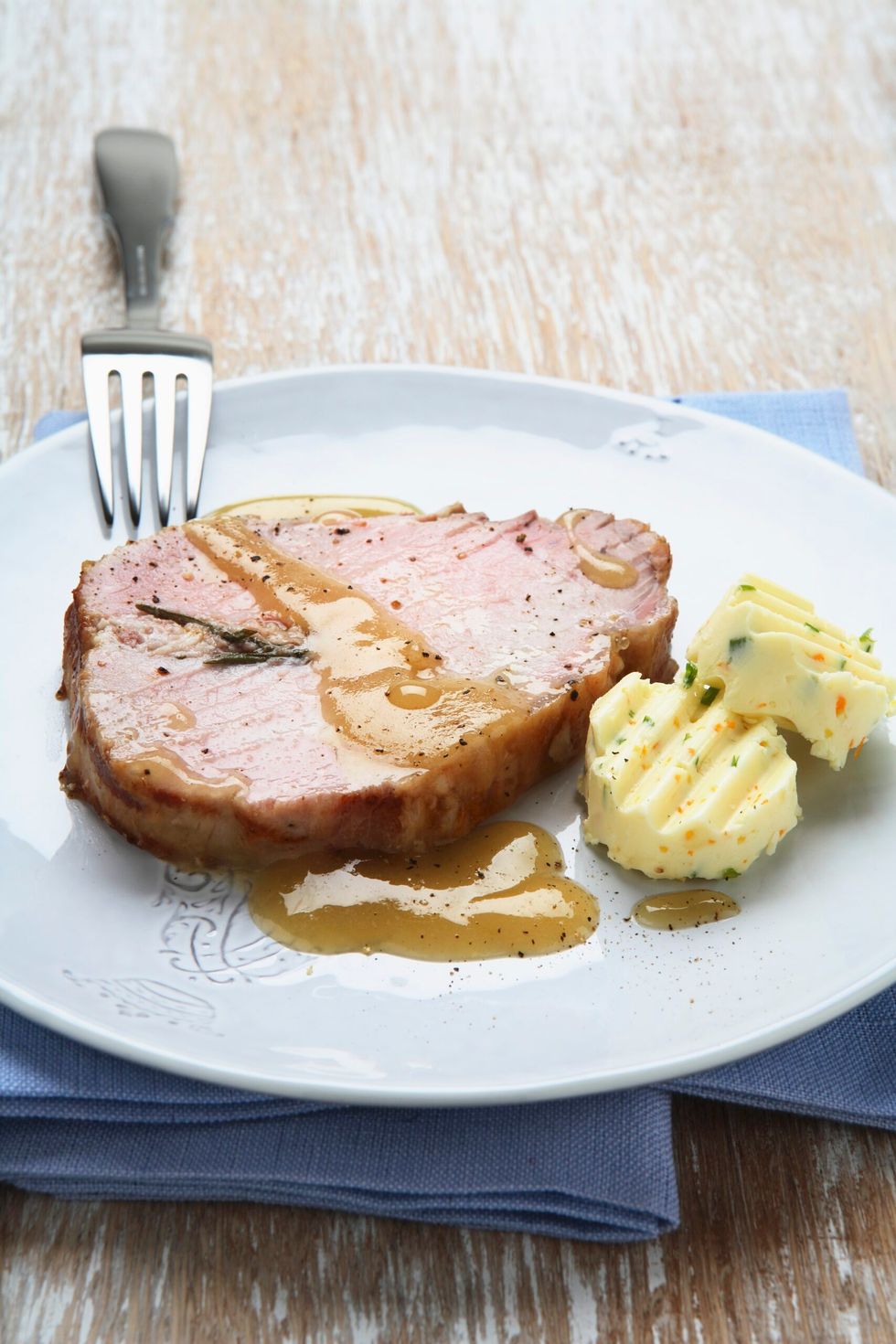
"Arista" is the Tuscan name (today, however, widespread throughout Italy) with which the pork loin roasted in the oven or on a spit. It seems that the word arista derives from "aristos" (from the Greek "very good"), with which some Greek bishops, who participated in the Ecumenical Council held in Florence in 1430, defined this dish served during a banquet.
The pork loin corresponds to the back of the pig and includes the dorsal vertebrae, from the seventh onwards, and lumbar. The whole cut can weigh 15 pounds but is usually portioned into 1 or 2 pounds pieces, sold on the bone, or boned.
The pork loin has soft and compact meats, lean inside and coated with a layer of fat that makes them more tender in cooking. The most common preparation is roasted, a classic of Tuscan cuisine. It is advisable to cut the pulp off the ribs, make a few holes in them and stuff it with a mixture of peeled garlic, rosemary, sage, and salt; then tie it back to the bone, which gives it flavor, and cook it for about 1 hour and 30' at a low temperature, to prevent it from becoming stringy.
Alternatively, the pork loin can be prepared boned and tied, with garlic and rosemary, by cooking it in milk over low heat for about 2 hours. From the pork loin also derive the ribs with the bone or the slices to be prepared in a pan or breaded. Generally it is a very popular cut because it is cheap but of excellent quality and yield.







